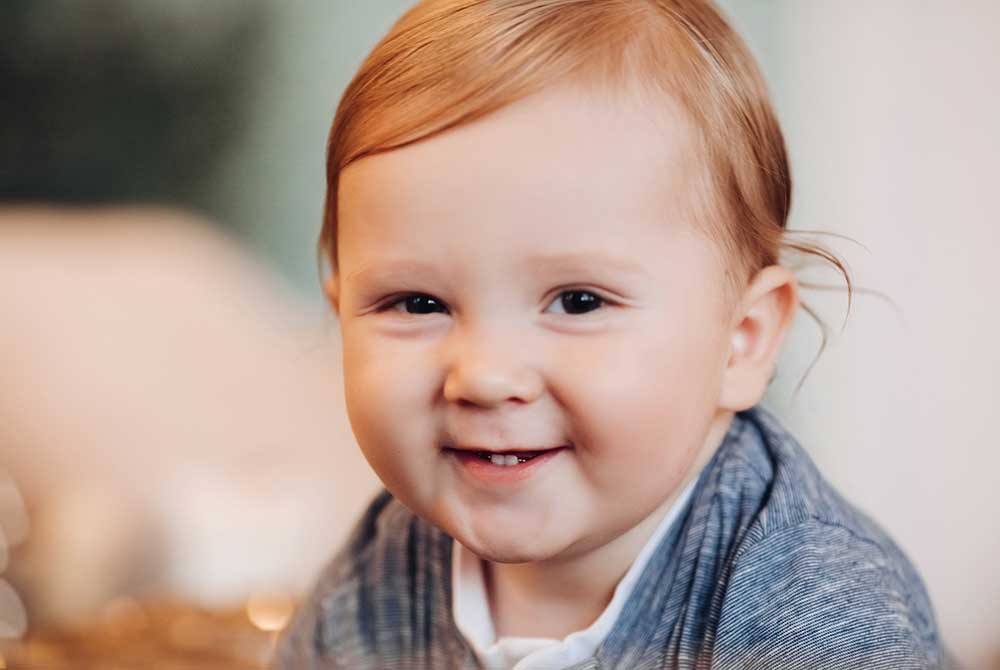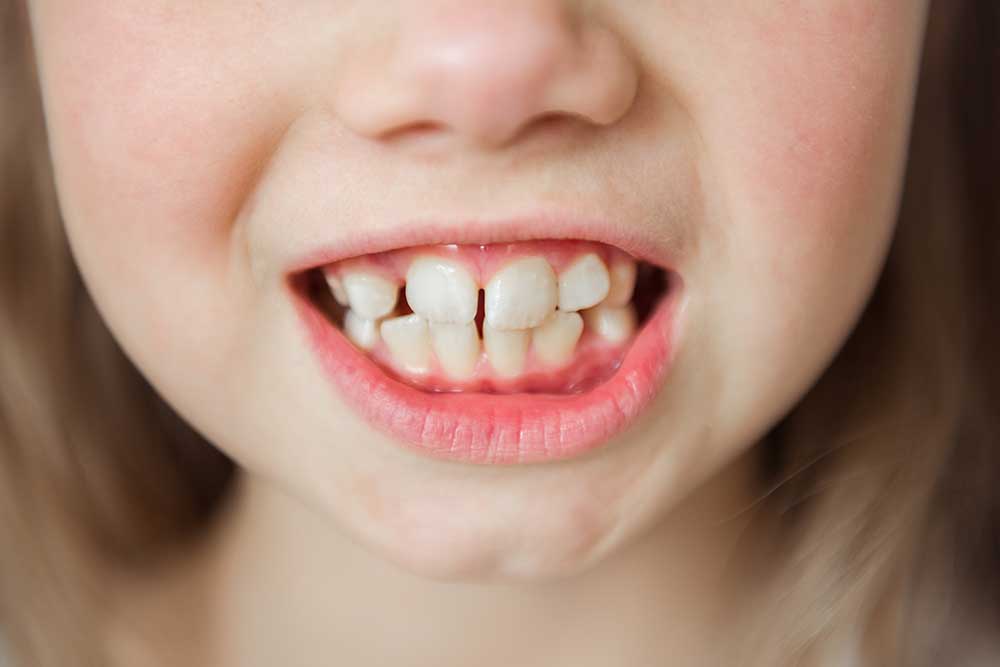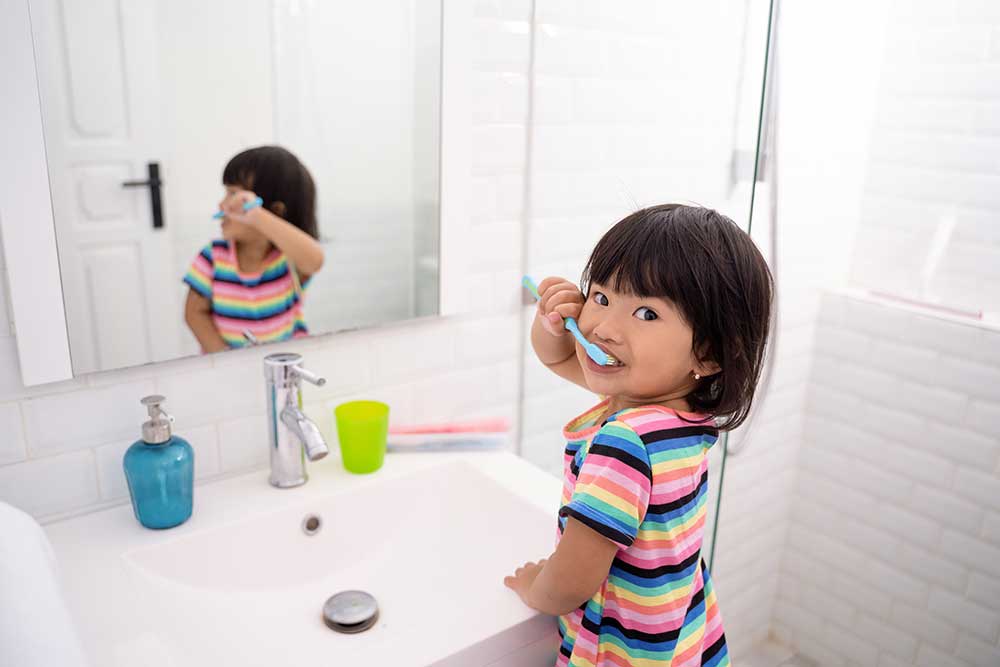Your child’s first dental visit is a big milestone! It’s natural to feel a mix of excitement and nerves, but knowing what to expect can make the experience smoother for both you and your little one. Here’s a quick rundown of what typically happens during a first dental visit and how you can prepare.
When Should the First Visit Happen?
The American Dental Association recommends that children have their first dental visit by their first birthday or within six months of getting their first tooth—whichever comes first. This early visit is key to ensuring your child’s teeth and gums are developing properly.
Before the Visit: Preparation Tips
- Talk About It: Explain to your child what will happen in simple terms. Reading books or watching videos about visiting the dentist can make the concept less intimidating.
- Schedule Wisely: Choose a time when your child is usually well-rested and in a good mood, like after a nap.
- Gather Information: Be ready to provide the dentist with your child’s medical history and any questions or concerns you might have.
During the Visit: What Will Happen?
- Warm Welcome: The dental team will likely make an effort to create a welcoming and friendly environment to put your child at ease.
- Introduction to the Office: The dentist or hygienist might give you and your child a tour of the office, showing the dental chair and explaining the tools in a non-threatening way.
- Gentle Examination: The dentist will conduct a quick, gentle examination of your child’s mouth to check for any potential issues with teeth and gums. They’ll look for decay, check the alignment, and ensure everything is developing normally.
- Cleaning and Fluoride Treatment: Depending on your child’s age and how many teeth they have, the dentist might do a light cleaning and apply a fluoride treatment to help prevent cavities.
- Education and Tips: The dentist will discuss proper brushing and flossing techniques, diet tips to promote healthy teeth, and answer any questions you have. They’ll also talk about what to expect as your child’s teeth continue to develop.
- Next Steps: You’ll schedule the next visit, usually six months later, to keep track of your child’s oral health progress.
After the Visit: Keeping the Momentum
- Positive Reinforcement: Praise your child for being brave and cooperative during the visit. Consider a small reward like a sticker or a trip to the park.
- Practice at Home: Keep up with brushing twice a day and flossing daily. Make it a fun activity by using colorful toothbrushes or singing songs while brushing.
- Stay Informed: Follow any advice the dentist gave you and don’t hesitate to call the office if you have questions or concerns between visits.
A child’s first dental visit sets the stage for a lifetime of good oral health habits. By knowing what to expect and preparing your child, you can make the experience a positive one, helping them feel comfortable and confident about taking care of their teeth. Here’s to healthy smiles and happy dental visits!







